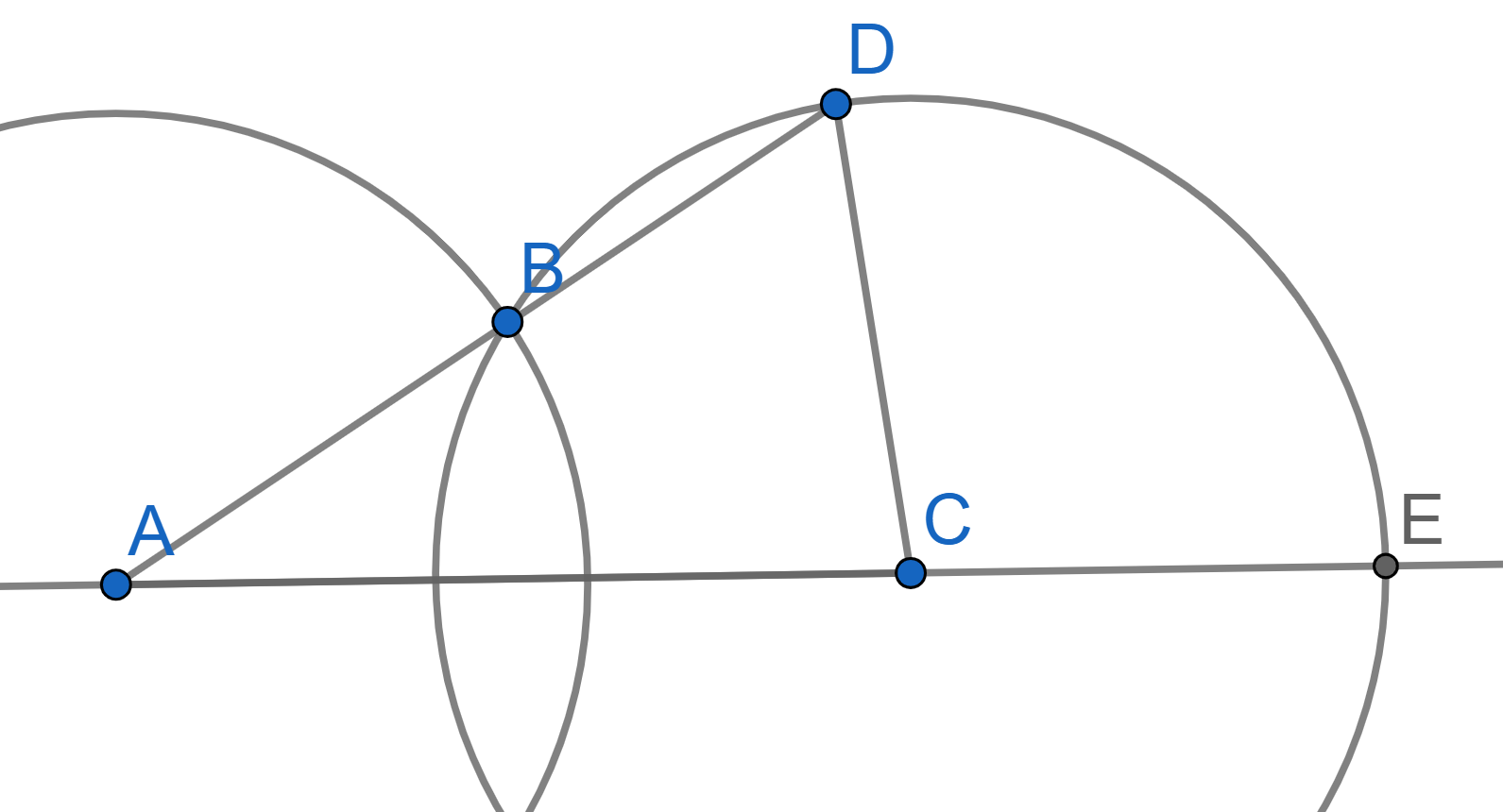Problems
In a triangle, the lengths of two of the sides are 3.14 and 0.67. Find the length of the third side if it is known that it is an integer.
In the quadrilateral \(ABCD\), the angles \(A\) and \(B\) are equal, and \(\angle D > \angle C\). Prove that \(AD < BC\).
In the trapezoid \(ABCD\), the angles at the base \(AD\) satisfy the inequalities \(\angle A < \angle D < 90^{\circ}\). Prove that \(AC > BD\).
Prove that if two opposite angles of a quadrilateral are obtuse, then the diagonal connecting the vertices of these angles is shorter than the other diagonal.
Prove that the sum of the distances from an arbitrary point to three vertices of an isosceles trapezium is greater than the distance from this point to the fourth vertex.
On a line segment of length 1, \(n\) points are given. Prove that the sum of the distances from some point out of the ones on the segment to these points is no less than \(n / 2\).
Prove that in any triangle the sum of the lengths of the heights is less than the perimeter.
\(ABC\) is a right angled triangle with a right angle at \(C\). Prove that \(c^n > a^n + b^n\) for \(n > 2\).
Two intersecting circles of radius \(R\) are given, and the distance between their centers is greater than \(R\). Prove that \(\angle ECD = 3\angle CAD\).

Prove that, when a circle is translated it becomes a circle.